Plastic is an incredibly versatile material that has revolutionized many aspects of our lives. From packaging to construction, it has become an integral part of our modern society. However, with this widespread use comes a significant environmental concern – plastic pollution. The long lifespan and non-biodegradable nature of plastic means that it can persist in the environment for hundreds of years, causing harm to wildlife and ecosystems.
Recycled plastic offers a solution to this problem by giving new life to old plastic materials. By diverting plastic waste from landfills and utilizing it for new products, recycled plastic helps to reduce the demand for virgin plastic production. This not only conserves natural resources but also minimizes energy consumption and greenhouse gas emissions associated with plastic manufacturing.
The process of recycling plastic involves several steps. First, the plastic waste is collected and sorted according to its type. Then, it is cleaned and shredded into small flakes or pellets. These flakes or pellets can be melted and molded into various shapes to create new products. The resulting recycled plastic has similar properties to virgin plastic, making it suitable for a wide variety of applications.
However, it is important to note that there is a distinction between plastic and recycled plastic. While plastic refers to any synthetic or semi-synthetic material made from polymers, recycled plastic specifically refers to plastic that has gone through the recycling process. Understanding this distinction is crucial in promoting a more sustainable approach to plastic use. By prioritizing the use of recycled plastic over virgin plastic, we can contribute to reducing plastic waste and its negative impact on the environment.
In conclusion, plastic and recycled plastic are two related, yet distinct, concepts. Plastic is a versatile material that has revolutionized our society, but its widespread use has led to significant environmental issues. Recycled plastic offers a solution to these issues by giving new life to old plastic materials. By understanding the distinction between plastic and recycled plastic, we can make more informed choices and contribute to a more sustainable future.
- The Difference between Plastic and Recycled Plastic
- Production Process
- Recycled Plastic
- Types of Plastic
- Characteristics of Plastic
- Durable
- Lightweight
- Easily Moldable
- Recycling Process
- Collection
- Sorting
- Shredding and Washing
- Melting and Pelletizing
- Q&A:
- What is the difference between plastic and recycled plastic?
- What are some common uses of plastic?
- Why is plastic considered harmful to the environment?
- What are the benefits of using recycled plastic?
- How is recycled plastic made?
- What is the difference between plastic and recycled plastic?
- Why is recycled plastic better than regular plastic?
The Difference between Plastic and Recycled Plastic
Plastic is a synthetic material made from a range of polymers, which are long chains of molecules. It is a versatile material that is used in a wide variety of products, from packaging to construction materials to household items. Plastic is known for its durability and resistance to moisture, chemicals, and temperature changes. However, it is also known for its negative impact on the environment and the health hazards it poses when not properly disposed of.
Production Process
The production of plastic involves extracting raw materials, such as crude oil or natural gas, and refining them to obtain the desired polymers. These polymers are then processed, often through a method called polymerization, to form plastic resin, which can be shaped and molded into different products.
Recycled Plastic
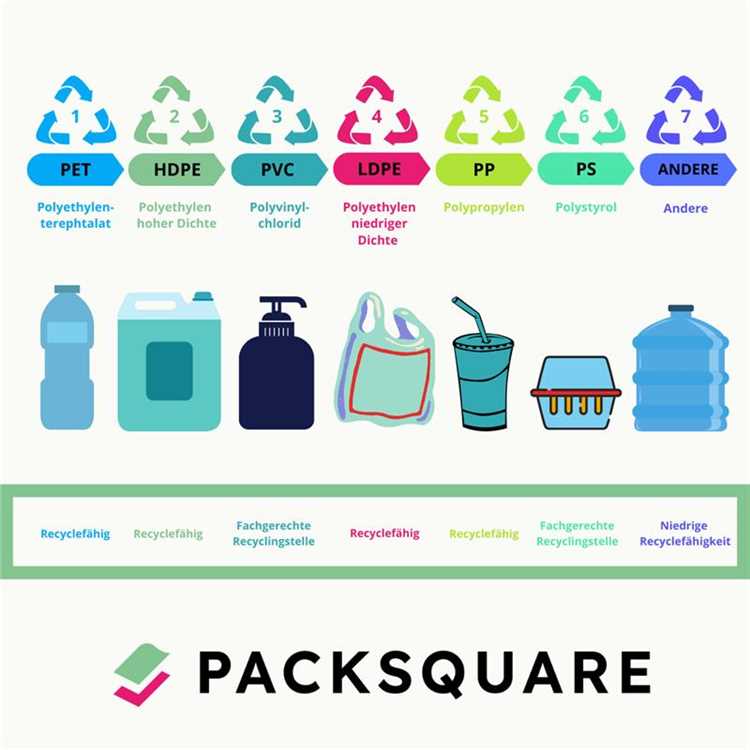
Recycled plastic, on the other hand, is plastic that has undergone a process known as recycling. This process involves collecting used plastic products, cleaning them, and breaking them down into small pieces or pellets. These pellets are then melted and remolded into new plastic products. Recycling plastic helps to reduce the need for virgin plastic production, conserves resources, and reduces waste. It also helps to minimize the environmental impact of plastic by keeping it out of landfills and oceans.
Recycled plastic can be used in a variety of applications, just like virgin plastic. It can be made into packaging materials, textiles, furniture, construction materials, and more. However, it is important to note that recycled plastic may have slightly different properties compared to virgin plastic, depending on the specific recycling process used and the type of plastic being recycled. The properties of recycled plastic can be influenced by factors such as the presence of impurities, the degree of contamination, and the blending of different types of plastics.
| Plastic | Recycled Plastic |
|---|---|
| Derived from crude oil or natural gas | Derived from used plastic products |
| New production | Production through recycling process |
| Higher environmental impact | Lower environmental impact |
| Ends up in landfills and oceans | Kept out of landfills and oceans |
| Durable and resistant | Slightly varied properties depending on recycling process |
In conclusion, plastic and recycled plastic have notable differences in their production processes, environmental impact, and applications. While plastic is derived from raw materials and has a higher environmental impact, recycled plastic is obtained from used plastic products through a recycling process, leading to a lower environmental impact. Both types of plastic can be used in various applications, but recycled plastic may have slightly different properties compared to virgin plastic.
Types of Plastic
Plastic is a versatile material that is used in various industries and applications. There are different types of plastic, each with its own unique properties and characteristics. Some of the commonly used types of plastic include:
1. Polyethylene (PE): This is the most widely used type of plastic, known for its excellent durability, resistance to chemicals, and flexibility. It is commonly used in packaging materials, bottles, containers, and plastic bags.
2. Polypropylene (PP): PP is another popular type of plastic that is known for its high heat resistance, durability, and resistance to moisture. It is commonly used in automotive parts, household goods, and food containers.
3. Polyvinyl Chloride (PVC): PVC is a commonly used type of plastic in construction materials, pipes, electrical cables, and vinyl flooring. It is known for its durability, fire-resistant properties, and low-cost production.
4. Polystyrene (PS): PS is a lightweight and rigid type of plastic that is commonly used in packaging materials, disposable cups, and food containers. It is easy to process and has good insulation properties.
5. Polyethylene Terephthalate (PET): PET is a transparent and lightweight type of plastic that is commonly used in beverage bottles, food packaging, and textile fibers. It is known for its recyclability and resistance to impact.
6. Polycarbonate (PC): PC is a durable and transparent type of plastic that is commonly used in eyeglasses, safety helmets, and electronic components. It is known for its impact resistance and heat resistance.
7. Acrylonitrile Butadiene Styrene (ABS): ABS is a tough and rigid type of plastic that is commonly used in automotive parts, electronic housings, and toys. It has good dimensional stability and excellent impact resistance.
These are just a few examples of the different types of plastic available in the market. Each type has its own unique properties, making it suitable for specific applications.
Characteristics of Plastic
Plastic is a versatile material that is used in a wide range of industries and applications due to its unique characteristics. Here are some of the key characteristics of plastic:
Durable
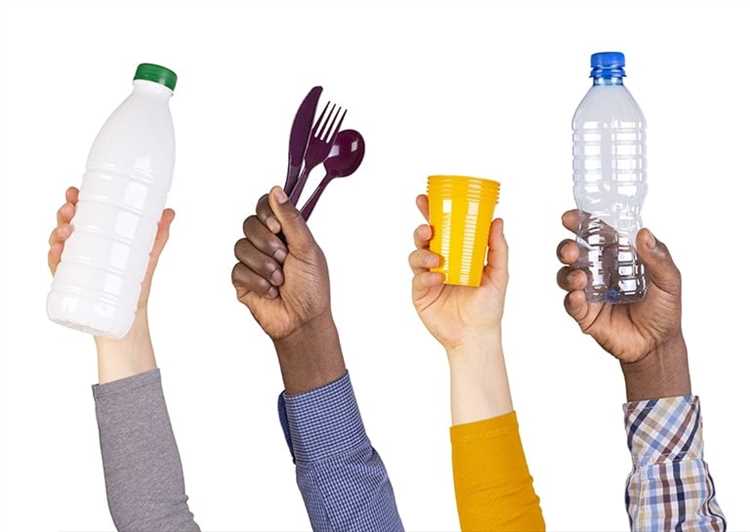
Plastic is known for its durability and resistance to wear and tear. It can withstand heavy loads and extreme weather conditions, making it a popular choice for outdoor applications such as automotive parts and roofing materials.
Lightweight
One of the main advantages of plastic is its lightweight nature. Compared to other materials such as metal or glass, plastic is much lighter, making it easier to handle and transport. This makes it a preferred choice in industries where weight reduction is important, such as aerospace and automotive industries.
Easily Moldable
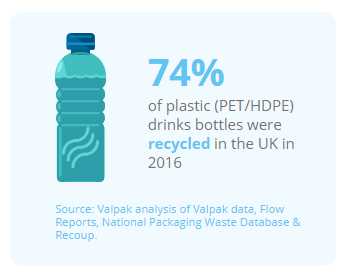
Plastic can be easily molded into various shapes and sizes, giving manufacturers the freedom to create intricate designs and complex structures. This flexibility in shaping makes plastic a preferred material in industries such as packaging, where customized shapes and sizes are required.
Chemically Inert
Plastic is chemically inert, which means it does not react with most substances it comes into contact with. This property makes plastic an ideal choice for storing and transporting chemicals and other sensitive materials, as it prevents contamination and ensures the integrity of the contents.
Insulation
Plastic is an excellent insulator, both electrically and thermally. It is used in electrical wiring and components to prevent current leakage and short circuits. Plastic is also a good thermal insulator, keeping things cool or warm as needed, making it a suitable material for insulation in buildings.
In conclusion, plastic is a highly versatile material with a range of unique characteristics. Its durability, lightweight nature, moldability, chemical inertness, and insulation properties make it an indispensable material in various industries and applications.
Recycling Process
The recycling process for plastic involves several steps to transform waste plastic into recycled plastic materials. The following are the key stages in the recycling process:
Collection
The first step in the recycling process is the collection of plastic waste. Plastic materials are collected through various means, such as curbside recycling programs, drop-off centers, and recycling bins. Consumers and businesses play a crucial role in separating their plastic waste and placing it in designated recycling containers.
Sorting
Once collected, the plastic waste is transported to recycling facilities for sorting. At the recycling facility, the plastic materials are separated based on their resin type, color, and form. This is done using both automated and manual sorting processes to ensure the plastic is properly sorted for recycling.
Shredding and Washing
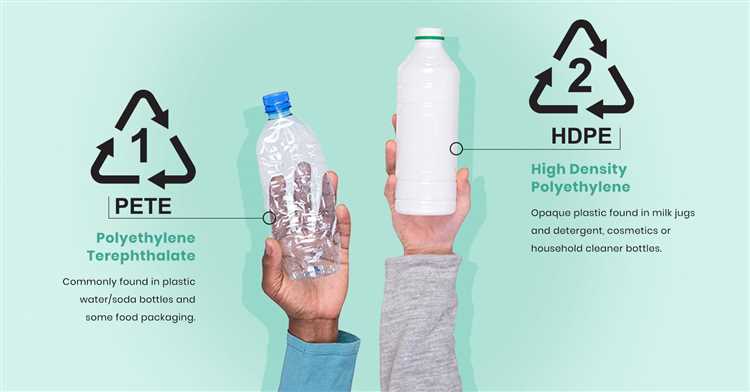
After sorting, the plastic materials go through a shredding process to break them down into smaller pieces. The shredded plastic is then washed to remove any impurities, such as dirt, labels, and residues. This step helps to improve the quality of the recycled plastic.
Melting and Pelletizing
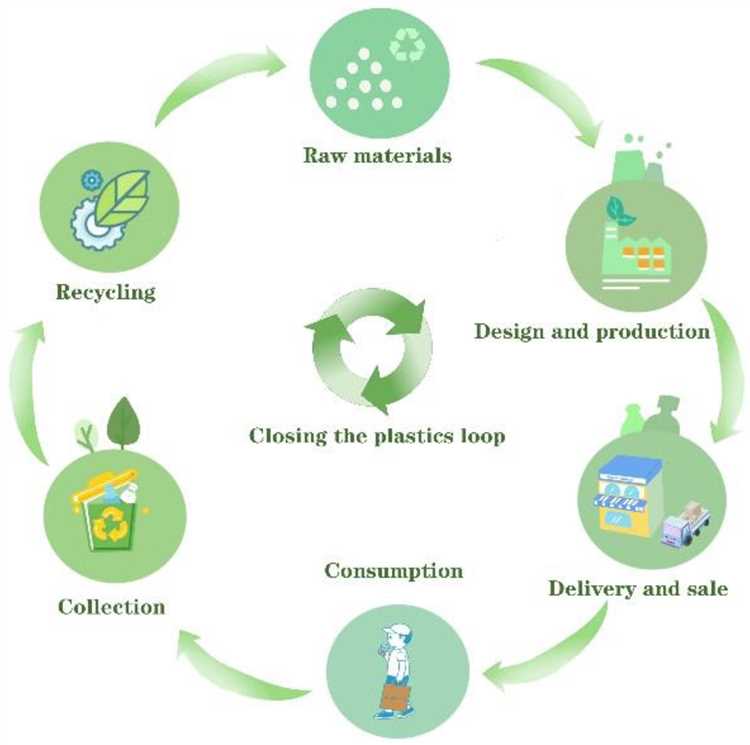
The cleaned and shredded plastic is melted in a high-temperature furnace. Once melted, the plastic is then formed into small pellets through a process called pelletizing. These pellets can then be used as raw materials for manufacturing new plastic products.
It is important to note that not all plastic materials can be recycled, as some types are not economically or technically feasible to recycle. Additionally, contamination and mixtures of different plastic types can also hinder the recycling process. Therefore, it is essential for individuals and businesses to follow proper recycling guidelines and ensure the plastic waste is clean and properly sorted.
Q&A:
What is the difference between plastic and recycled plastic?
Plastic and recycled plastic differ greatly in terms of their production process and environmental impact. Plastic is made from non-renewable petroleum sources, while recycled plastic is made from post-consumer or post-industrial plastic waste. Recycled plastic also requires less energy and fewer resources to produce, making it a more sustainable option.
What are some common uses of plastic?
Plastic is used in a wide range of products and industries, including packaging materials, consumer goods, construction, automotive, and electronics. It is valued for its versatility, durability, and low cost. However, the widespread use of plastic has also led to significant environmental issues.
Why is plastic considered harmful to the environment?
Plastic is considered harmful to the environment due to its long decomposition time and its impact on wildlife and ecosystems. It takes hundreds of years for plastic to break down, and during that time, it can release harmful chemicals into the environment. Plastic waste also often ends up in oceans and other natural habitats, posing a threat to marine life.
What are the benefits of using recycled plastic?
Using recycled plastic has several benefits. Firstly, it helps reduce the demand for new plastic, which in turn reduces the consumption of petroleum and other fossil fuels. Recycled plastic also requires less energy to produce and emits fewer greenhouse gases. Additionally, using recycled plastic helps reduce plastic waste and prevents it from ending up in landfills or oceans.
How is recycled plastic made?
Recycled plastic is made through a process called recycling. First, plastic waste is collected and sorted. Then, it is cleaned and processed into small pellets or flakes. These pellets can be melted and used to make new plastic products or incorporated into a variety of other materials. The recycling process helps reduce the environmental impact of plastic waste and promotes the circular economy.
What is the difference between plastic and recycled plastic?
The main difference between plastic and recycled plastic is that plastic is made from new, raw materials, while recycled plastic is made from old, used plastics that have been processed and transformed into new products. Plastic is derived from fossil fuels, such as crude oil or natural gas, and goes through a manufacturing process to create various plastic products. On the other hand, recycled plastic is obtained by collecting and sorting used plastic waste, which is then cleaned, melted, and formed into new plastic items.
Why is recycled plastic better than regular plastic?
Recycled plastic is considered better than regular plastic for several reasons. Firstly, it helps to reduce the amount of plastic waste that ends up in landfills, oceans, and other natural environments. By recycling plastic, we can give it a new life and prevent it from polluting the planet. Secondly, the production of recycled plastic requires less energy and fewer natural resources compared to making new plastic from scratch. This means that recycling plastic has a lower carbon footprint and helps to conserve valuable resources. Lastly, using recycled plastic also reduces the demand for new plastic production, which in turn reduces the overall environmental impact of the plastic industry.